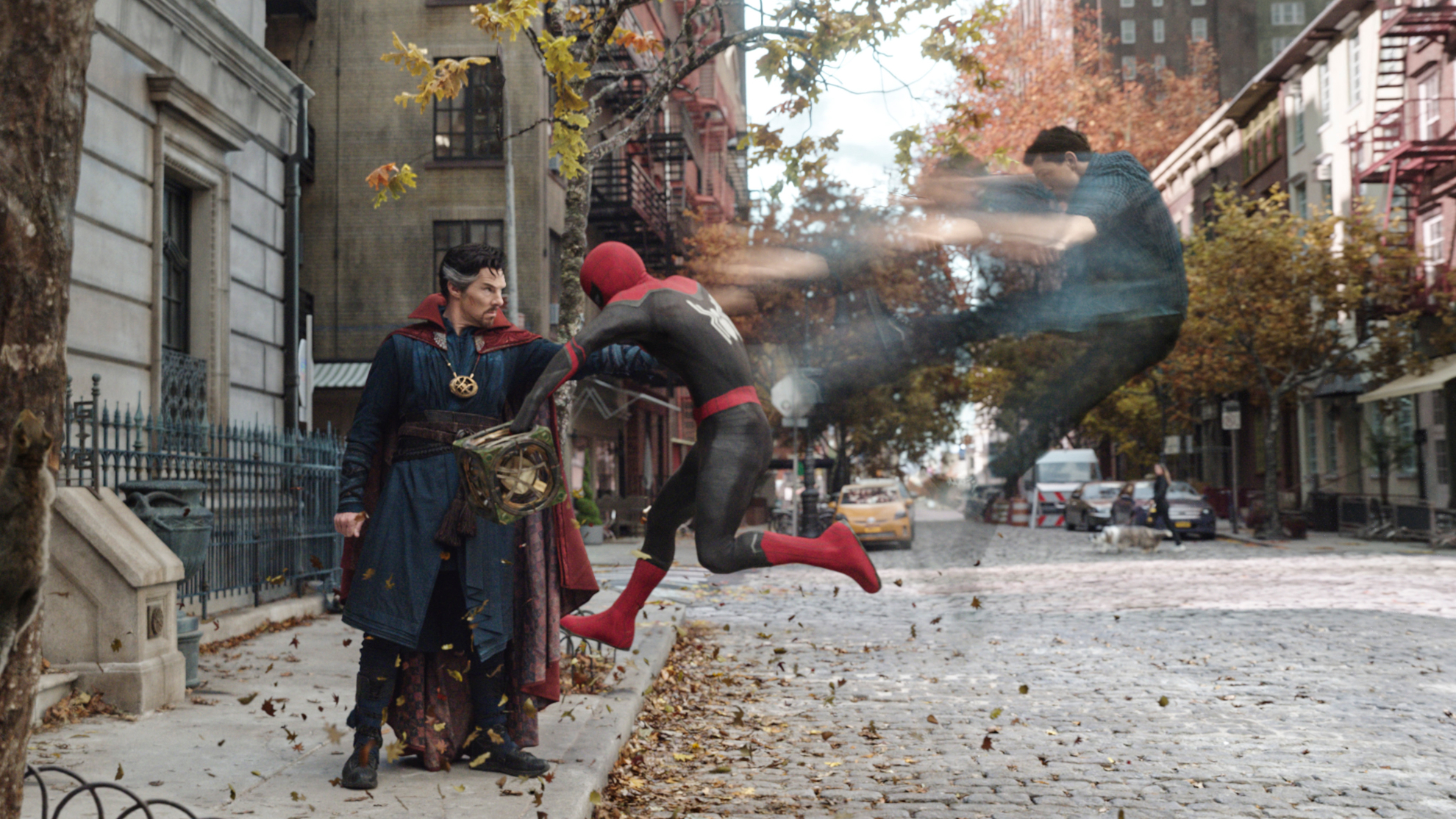Table of Contents Show
When Spider-Man first swung into action in 1962, the character became synonymous with everything audiences love about the superhero genre. Average high school student Peter Parker is granted amazing powers (and great responsibility) which he uses to save the world. Over the years, the webhead has become one of the most beloved and iconic heroes, earning himself several film and television adaptations. Spider-Man’s popularity has also aided in the transformation and reimagining of his character.
In fact, Spider-Man has gone far beyond Peter Parker and taken up new identities. Gwen Stacy and Miles Morales, among many others, have taken up the mantle and created a spider universe that now dominates the comics and films. Popularized through recent films and television, it has now become common for various iterations of the web-slinging hero to team up.

While Marvel has toyed with the idea of a multiverse throughout their various titles and franchises, Spider-Man continues to find himself at the center of cross-dimensional meet-ups. This continual use of Spider-Man as a character who is able to meet with and reference multiple versions of himself positions him as a uniquely intertextual hero. (Spoilers for all Spider-Man films.)
What Is Intertextuality?
Intertextuality refers to the relationships between texts that ultimately shape their meaning. It is commonly used to weave two unrelated texts together to demonstrate how one influences another. While Marvel has always been able to crossover its own stories and characters, the Spider-Man narrative is surprisingly interwoven with itself rather than other stories.
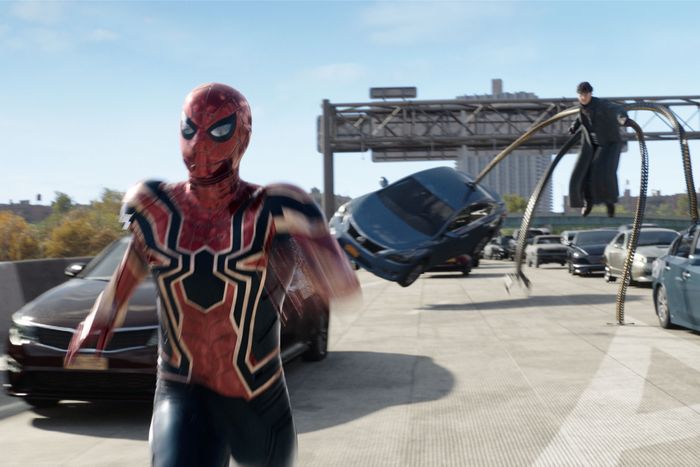
To understand more recent interpretations of the characters, such as in ‘Spider-Man: Into The Spider-Verse‘ (2018) and ‘Spider-Man: No Way Home’ (2021), having prior knowledge of the other characters and alternate universes helps audiences create a more full and nuanced version of the characters. Through intertextuality, fans can compare and contrast the various Spider-Man stories, rather than see them as entirely separate from each other. This use of intertextuality creates a universe that feels holistic and complete. So what makes Spider-Man the perfect intertext?
Swinging Across The Superhero Genre
Superhero comics and films are often considered to be a single genre that implies superpowers, spandex costumes, and epic battles between good and evil. However, the superhero genre is more complex than that. The superhero genre “is, in fact, composed of films representing a wide range of genres, from action films to westerns, supernatural films, war movies, and science fiction” (( Davis, Blair. Quick Takes Movies & Popular Culture: Comic Book Movies. Rutgers University Press, 2018. )). The recent Spider-Man films make an expert case for how comic book movies can use and blend multiple genres. Classic Spider-Man stories rely heavily on the science fiction genre. From the radioactive spider bite to the technology that creates some of the franchises’ most iconic villains, science fiction is never far behind. However, various interactions of Spider-Man’s story also rely on other genres to create more complex and well-rounded stories.

Many superhero movies include other genres such as romance, action, fantasy, and comedy – but it is the wide variety of Spider-Man adaptations in film that allow these genre blends to become more obvious to viewers. While ‘Spider-Man‘ (2002) places an emphasis on the romance between Peter and Mary Jane, The MCU’s Spider-Man trilogy (2017, 2019, 2021) adapts the Spider-Man narrative to be a coming-of-age story featuring elements of comedy and fantasy. It’s safe to say that Spider-Man’s mild-mannered but clever personality could work in any genre, be it action or comedy.
This blending of genre in the larger Spider-Man canon creates a mashup of styles and interpretations created by both fans and filmmakers. According to media scholar Paul Booth, effective mashups rely “on the audience understanding and constructing the connections between elements” ((Booth, Paul. Time On Tv: Temporal Displacement and Mashup Television. Peter Lang, 2012.)). That is to say, using genre to create new interpretations of a text invites audiences to uncover the genre and thematic connections between Spider-Man films.
Anyone Can Wear The Mask
The line “Anyone can wear the mask” in ‘Spider-Man: Into The Spider-Verse ‘ was a powerful moment for movie and comic book fans alike ((Ramsey, Peter, Persichetti, Bob, & Rothman, Rodney, directors. Spider-Man: Into the Spider-Verse. Sony Pictures, 2018.)). Spoken by Stan Lee himself, the line references how Spider-Man’s iconic costume can disguise anyone and how the role of superhero is not limited to white men. Spider-Man is an archetype rather than a character with one sole identity. Spider-Man is defined by the traits the character exhibits, such as bravery, responsibility, and morality. Anyone can be Spider-Man, so long as they hold the same core values. The intertextuality of Spider-Man also allows the characters to be in constant dialogue with each other, both figuratively and literally.
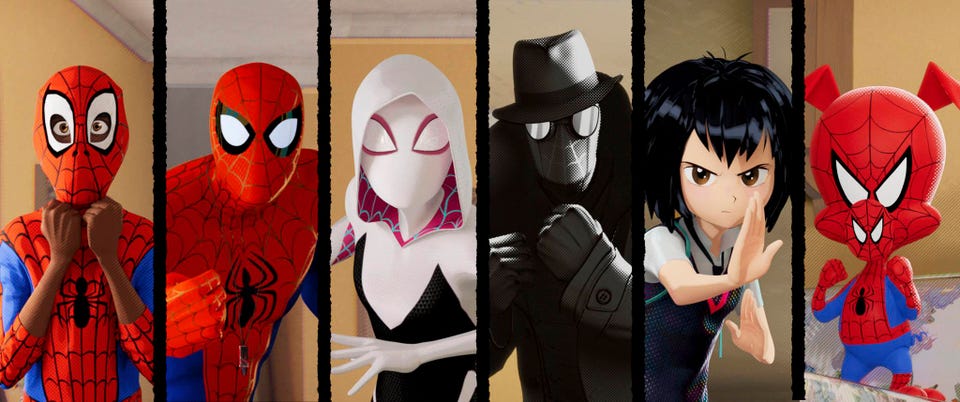
‘Ultimate Spider-Man: Web Warriors‘ (2014-2015) and the aforementioned ‘Into The Spider-Verse‘ popularized this idea by introducing new characters into the Spider-Man universe, including Miles Morales, Spider-Noir, Penny Parker, and Spider-Girl In a very literal sense, these heroes demonstrate the diversity of heroes. Their inclusion in film and television demonstrates that heroes can be of any race, gender, or ethnicity. They bring their own unique identity to the screen, coming from different time periods and cultures.
The spider heroes are able to meet up and learn from each other about what it means to be a spider-person. They learn from each other’s mistakes and celebrate each other’s achievements. In this way, the Spider-Verse on-screen allows for conversations about transformation and identity. Transforming a character or work of fiction creates opportunities to share new modes of interpretation or a sense of purpose with the audience. By transforming who Spider-Man can be, it allows fans to further explore their own identity, culture, and perspective through the character.
Weaving The Web
If Spider-Man exists not as one character, then the various films and television shows also have the ability to combine into a larger story. The recent release of ‘Spider-Man: No Way Home‘ brought Spider-Man’s intertextual history to a whole new level by including iconic characters from the two previous live-action Sony franchises ‘Spider-Man‘ (2002, 2004, 2007) and ‘The Amazing Spider-Man‘ (2012, 2014). The movie served as a love letter to the characters and fans by combining all the elements from each version of the Spider-Man narrative.
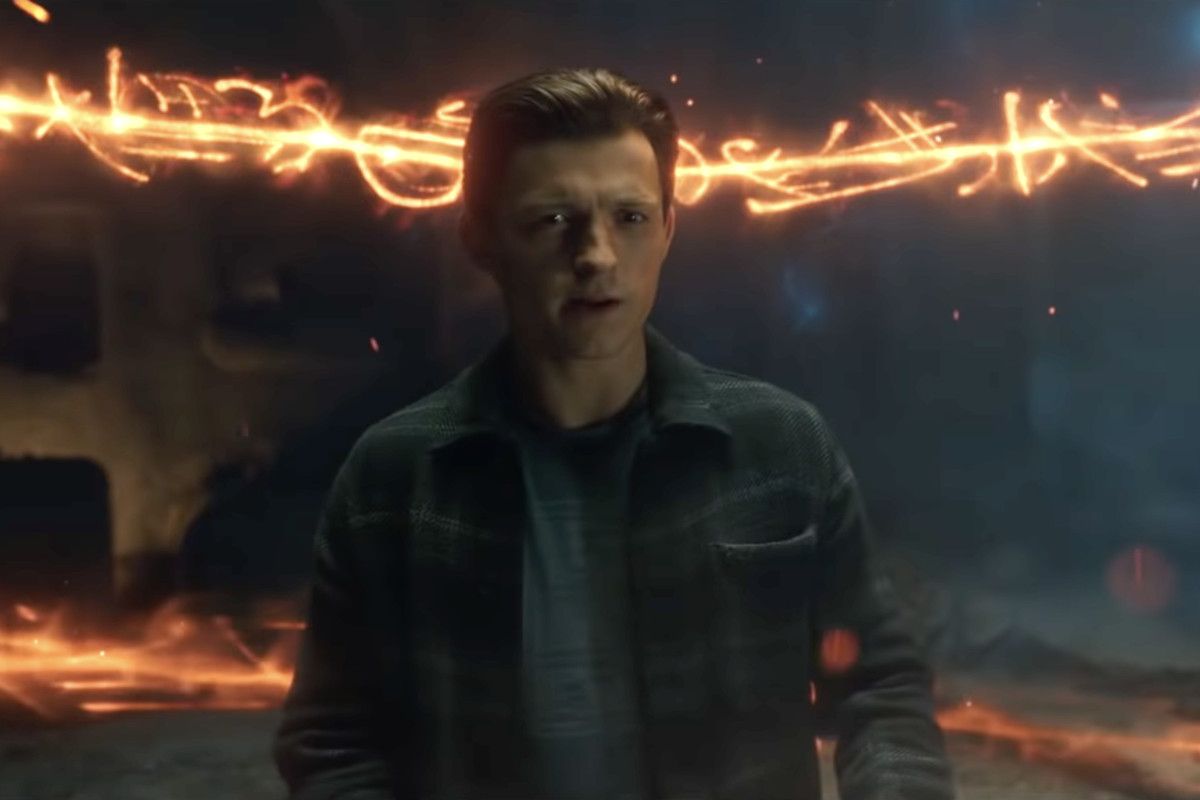
Not only are all of the villains from the previous Sony films brought into the MCU, but so are each of the Spider-Men (played by Tobey Maguire and Andrew Garfield) alongside the MCU’s version (Tom Holland). This moment truly resonated with fans, not just because it was the first time all three live-action characters were seen together, but because the film used them to their full intertextual potential. All three characters were able to influence each other’s stories, with Holland’s Spider-Man receiving advice and encouragement from his predecessors (a literal “passing of the torch” moment for the actors).
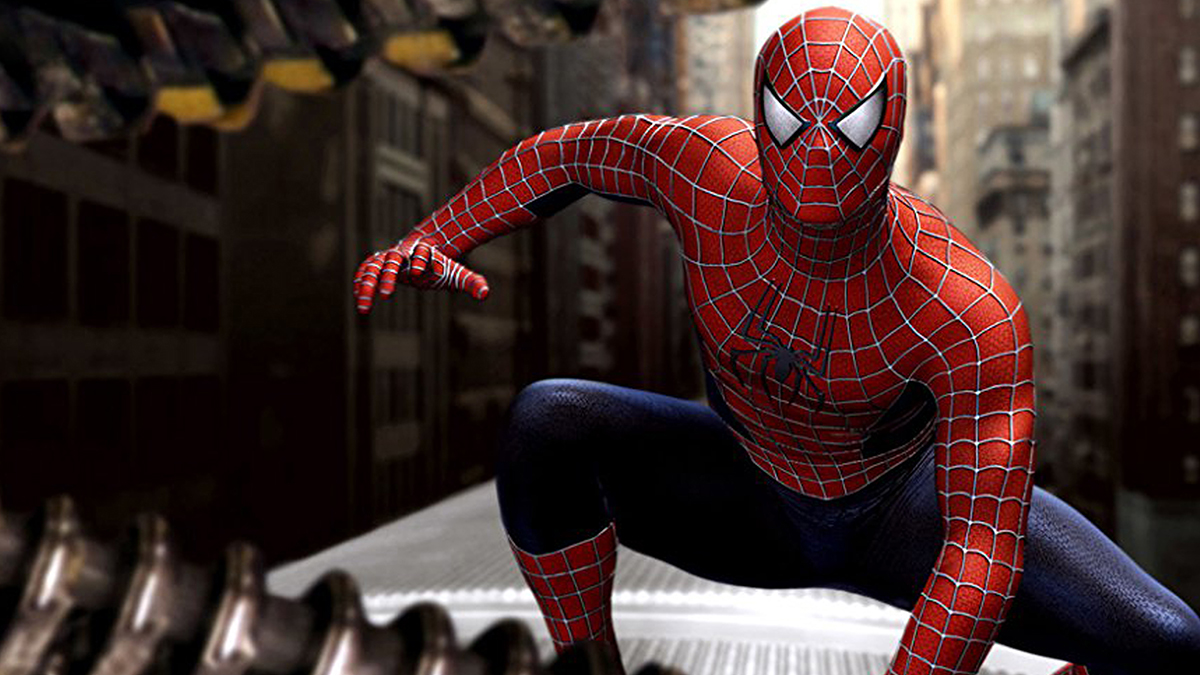
The story also provides space for Garfield and Maguire to continue their narratives, giving the audience a deeper look into their personalities and lives. The film provides equal respect and dedication to each of the Spider-Men, giving them each appropriate screen time, complex personalities, and further character development that was left open by their own movies. The film production also pays homage to the previous Spider-Man films by using the musical score from each movie to highlight specific moments of characterization. The three Spider-Men even use the unique fighting and web-slinging style from their own original movies. This attention to detail reads not just as true intertextuality, where each character and franchise builds on the other, but as a moment of true dedication and appreciation for Spider-Man’s on-screen history.
Comic Book Films As Intertexts
Intertextuality is, of course, not new to Marvel films. The Marvel Cinematic Universe has been weaving together its narratives since the first Iron Man movie in 2008. In recent years, Marvel has received backlash that it has become difficult to watch a new movie without watching upwards of fifteen prior films in the universe to have the necessary context. This “required viewing” (( Kleinman, Jake. “17 Marvel movies you need to watch before ‘Spider-Man 3′”. Inverse, 30 October 2012. )) for each new Marvel movie poses some issues of accessibility for fans who might be newer to the Marvel universe or do not have the financial ability or time to watch over 60 hours of content.
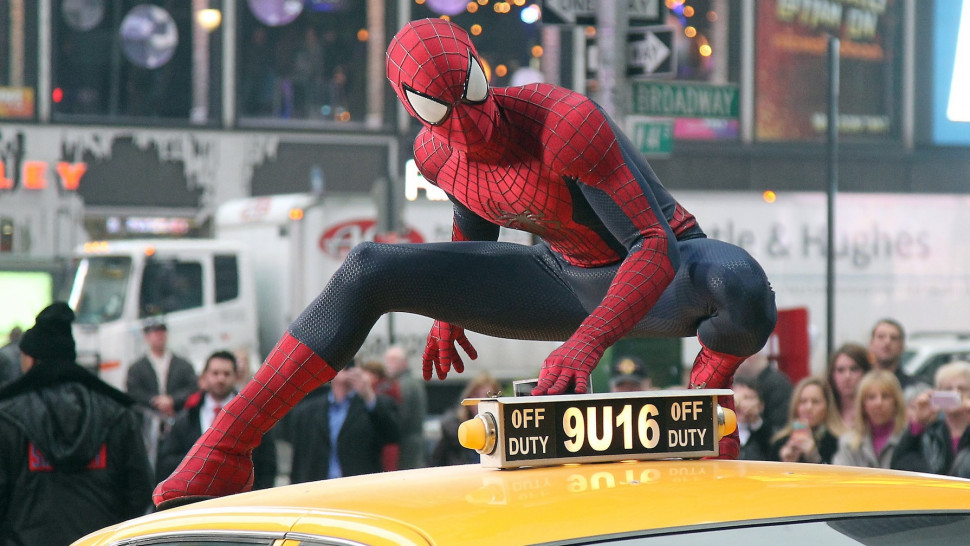
However, Spider-Man has always seemed to be the exception to this backlash. While it can be tedious for many fans to go back and watch all interactions of the Spider-Man narrative, the payoff is always present within the films and television shows. There is a certain joy to be found in the experience. When Spider-Man texts meet each other, they do not do so simply because it would be “cool” or “unique.” Rather intentional thought is put into how all the characters and texts will relate to and comment on each other.
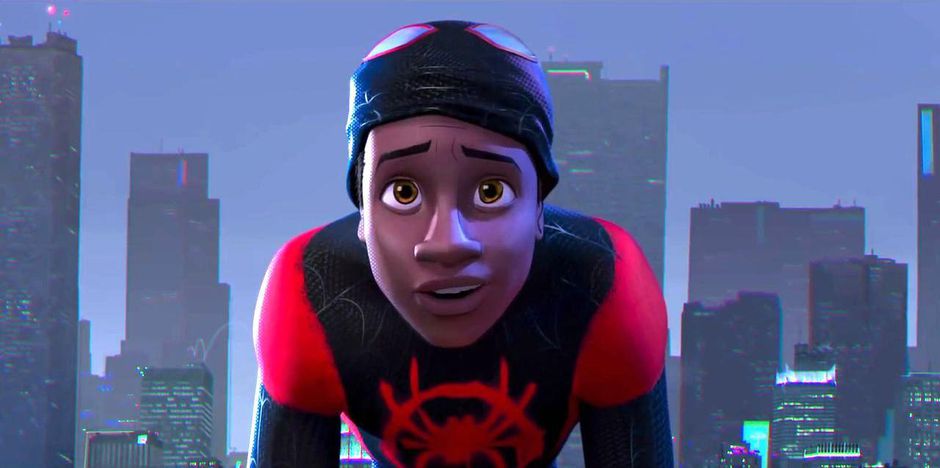
Each Spider-Man comic, movie and television show is supposed to be viewed in relationship to one another. With each new interpretation comes new improvements, critiques, and experiences. Fans continuously review and revisit older texts, bringing them back into cultural relevance. Spider-Man does not stand alone but rather stands upon a history of interpretations and archetypes that heighten his own meaning. By being an intertextual hero who continues to reference and reflect upon himself, Spider-Man continues to open up channels for fans new and old to experience his story.
